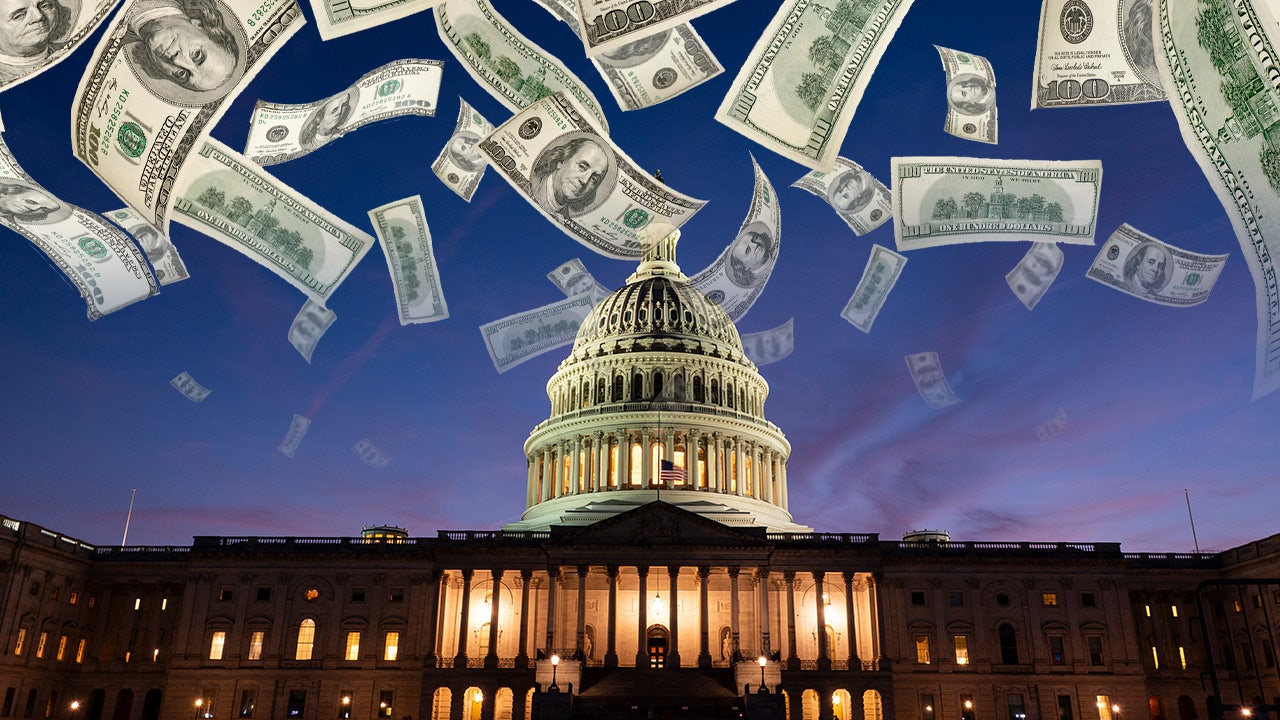The political firestorm that’s about to singe Capitol Hill

As firestorms rage in Southern California, a different kind of firestorm is brewing in Congress. Lawmakers are facing staggering costs as natural disasters continue to wreak havoc across the country, draining resources and straining budgets. The recent wildfires in Los Angeles are just the latest in a series of catastrophic events that have hit different regions of the U.S. in recent years.
Congress has already allocated over $100 billion in funding for disaster relief, with a significant portion going to replenish FEMA’s Disaster Relief Fund after hurricanes Milton and Helene. However, the cost of responding to these disasters is putting pressure on lawmakers to find ways to cut federal spending – to the tune of $2 trillion, according to some Republicans.
With Republicans now in control of Congress and President-elect Trump set to take office, there are concerns that California – a traditionally left-leaning state – may face backlash when it comes to receiving aid for the wildfires. Some Republicans have pointed fingers at California’s leadership, blaming them for mismanagement and policy decisions that have exacerbated the situation.
Democrats, on the other hand, are calling for a united front when it comes to providing aid to all Americans in need, regardless of political affiliation. They are urging Congress to prioritize funding for disaster relief while also looking for ways to offset the costs through spending cuts in other areas.
As the cost of natural disasters continues to rise, there is a growing recognition that a new approach is needed to address these challenges. Some lawmakers are considering the creation of a “rainy day fund” or a “monsoon day fund” that could be tapped into to provide immediate relief when disasters strike, without the need for lengthy appropriations processes.
The bottom line is that more disasters are inevitable, and Congress must be prepared to respond effectively and efficiently. Finding the right balance between providing aid to those in need and cutting federal spending will be a delicate dance for lawmakers in the coming months and years. But one thing is clear – the cost of inaction is simply too high.




